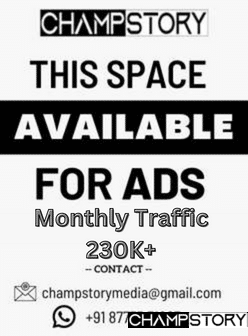Social media has revolutionized the way we communicate, connect, and share information. One of the most popular features on social media platforms today is the “story” feature. Whether it’s on Instagram, Facebook, or Snapchat, stories have become a powerful tool for individuals and businesses to create engaging content and connect with their audience in a more authentic way. In this article, we will discuss the best practices for creating and sharing social stories that will help you maximize your reach and engagement.
Creating Compelling Content
Before you can start sharing your social stories, you need to create compelling content that will capture the attention of your audience. Here are some tips for creating great social stories:
1. Know your audience: Understanding who you are creating content for is crucial. Tailor your stories to meet the preferences and interests of your target audience.
2. Be authentic: People engage with stories that feel genuine and real. Don’t be afraid to show the human side of your brand or personality.
Visual Storytelling
Visuals are a key component of social stories as they grab attention and evoke emotions more effectively than text alone. Here are some tips for visual storytelling:
1. Use high-quality visuals: Make sure your images and videos are clear, attractive, and relevant to the story you are sharing.
2. Incorporate branding: Consistency is key in branding. Use your brand colors, logo, and fonts to create a cohesive look across all your social stories.
Engage with your Audience
One of the main benefits of social stories is their interactive nature. Here are some ways you can engage with your audience through your stories:
1. Use interactive features: Polls, quizzes, questions, and stickers are great ways to encourage audience participation and feedback.
2. Respond to comments and messages: Show your audience that you value their feedback and engagement by responding to comments and messages promptly.
3. Collaborate with influencers: Partnering with influencers who align with your brand can help you reach a wider audience and increase your credibility.
Optimize for Sharing
To maximize the reach of your social stories, you need to optimize them for sharing. Here are some tips for increasing the chances of your stories being shared:
1. Add shareable content: Include CTAs encouraging viewers to share your stories with their followers.
2. Use hashtags: Hashtags make your stories discoverable to a wider audience. Research relevant hashtags and include them in your stories.
3. Cross-promote: Share your stories across multiple platforms to increase visibility and reach new audiences.
Measure and Analyze
Once you’ve started sharing your social stories, it’s important to measure and analyze their performance. Here are some key metrics to track:
1. Reach: The number of unique viewers who have seen your story.
2. Engagement: The number of interactions (likes, comments, shares) your story receives.
3. Conversion: The number of viewers who take a desired action (clicking a link, signing up for a newsletter) after viewing your story.
Conclusion
Social stories are a powerful tool for creating engaging and interactive content that can help you connect with your audience in a more authentic way. By following the best practices outlined in this article, you can create compelling stories that will attract and retain viewers, increase engagement, and ultimately drive results for your brand or business.
FAQs
Q: How often should I post social stories?
A: The frequency of your social story posts will depend on your audience and platform. Experiment with different posting schedules to see what works best for you.
Q: Can I schedule my social stories in advance?
A: Some social media management tools allow you to schedule stories in advance, making it easier to plan and maintain a consistent presence on your chosen platforms.
Q: Should I include links in my social stories?
A: Including links in your social stories can be a great way to drive traffic to your website or other online platforms. Just make sure the link is relevant and adds value to your audience.



